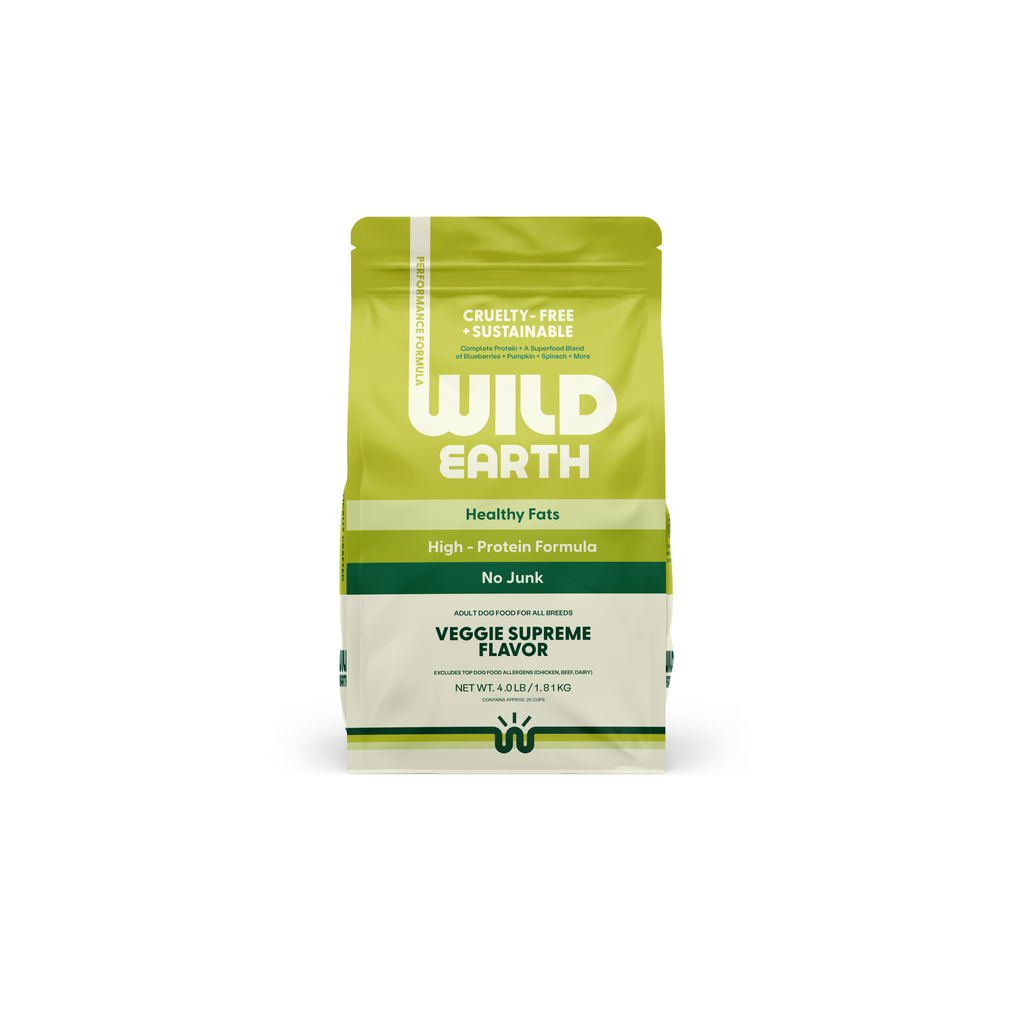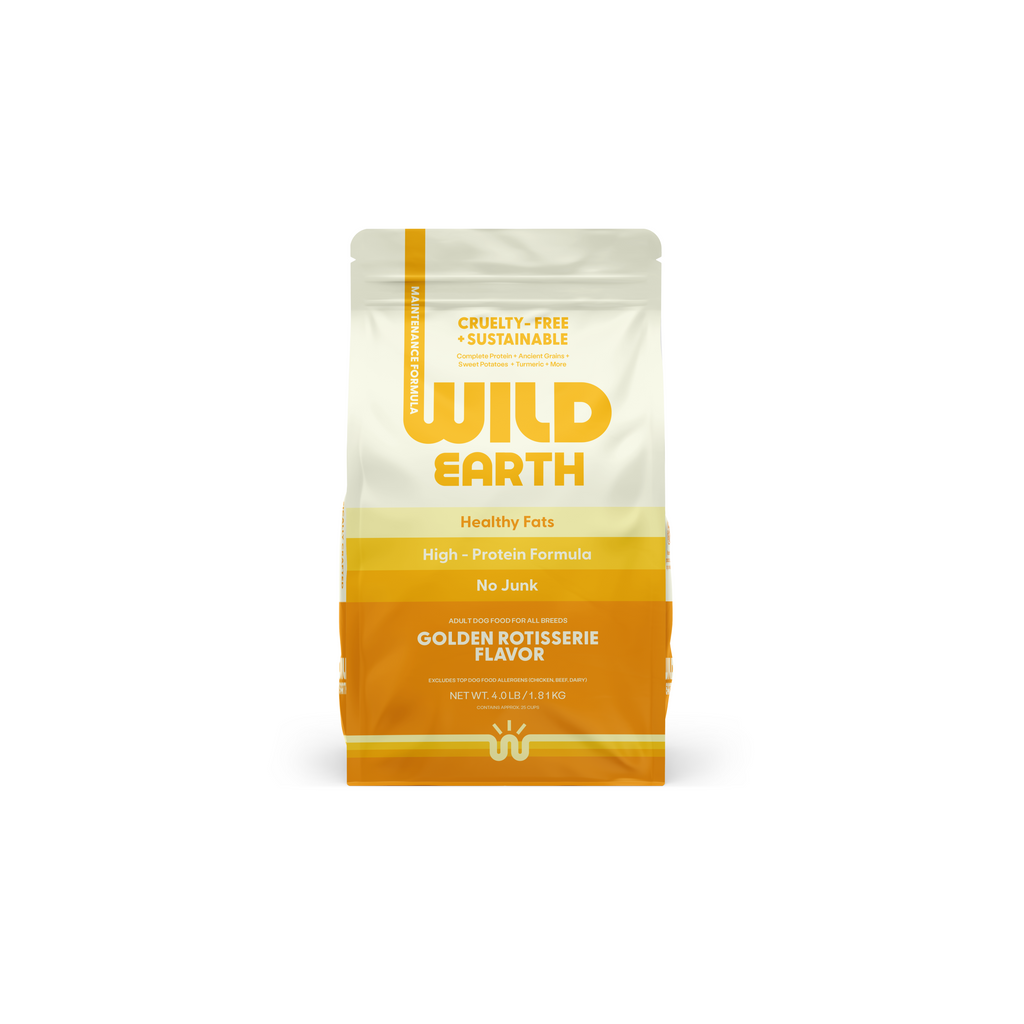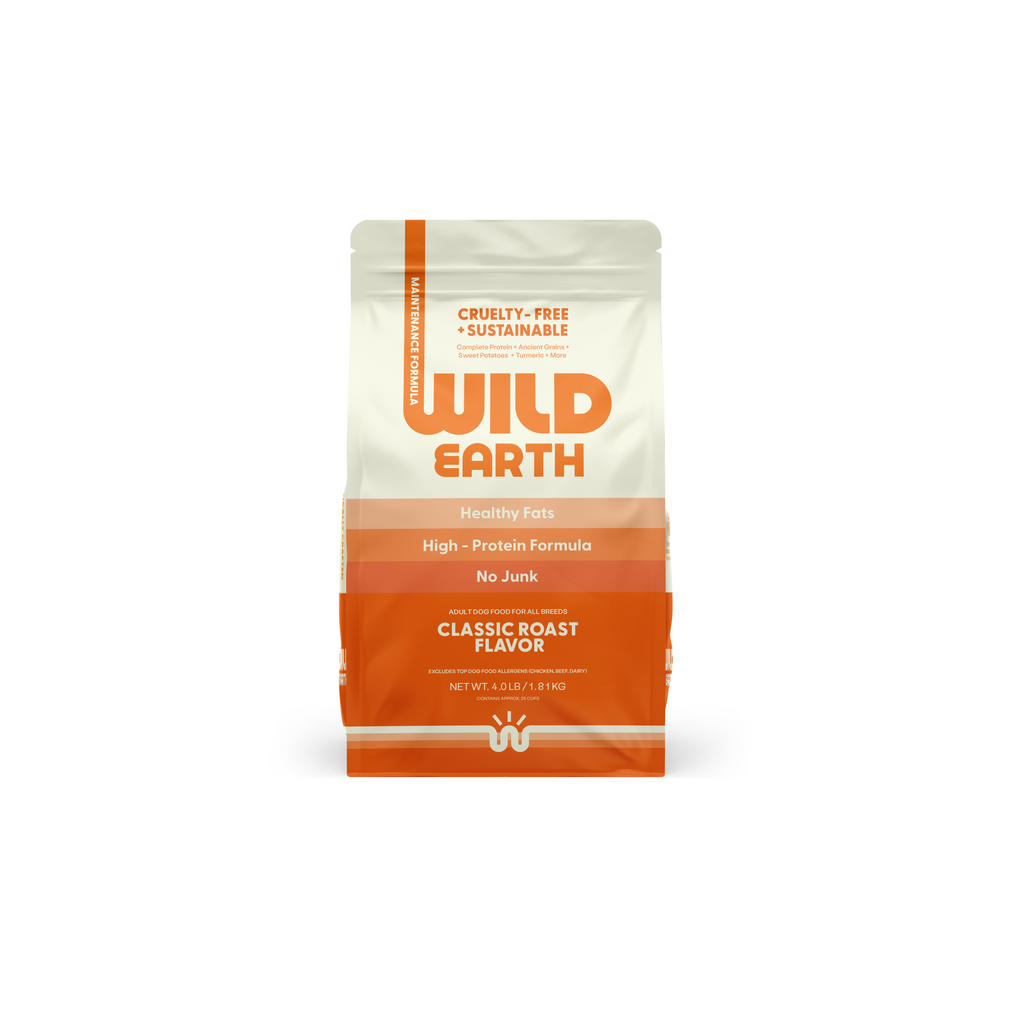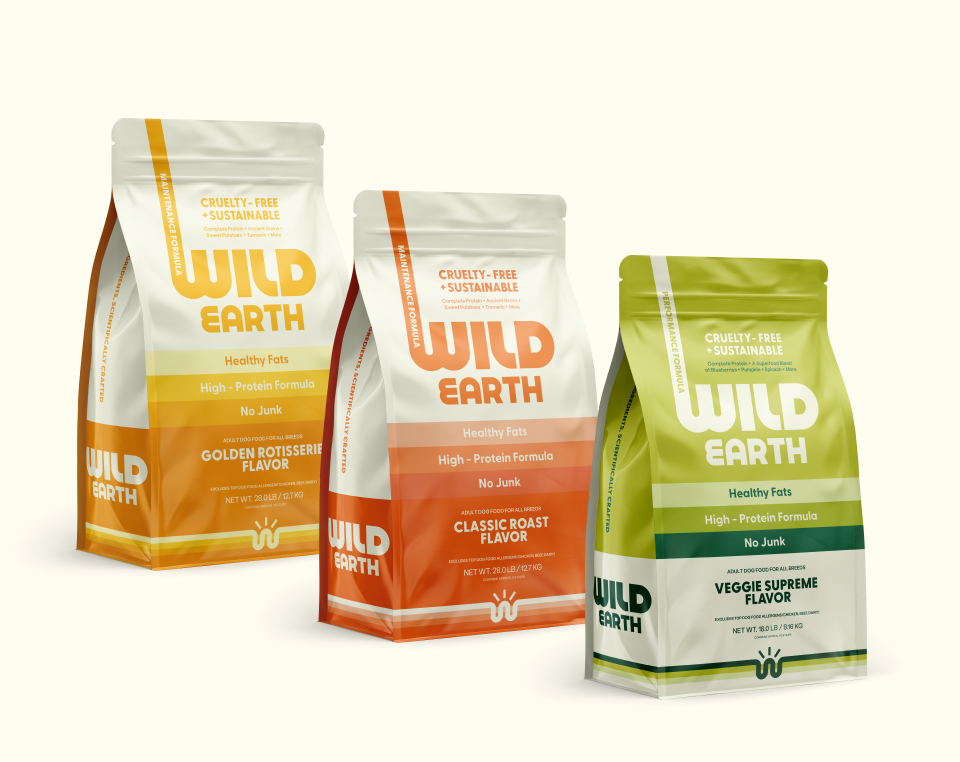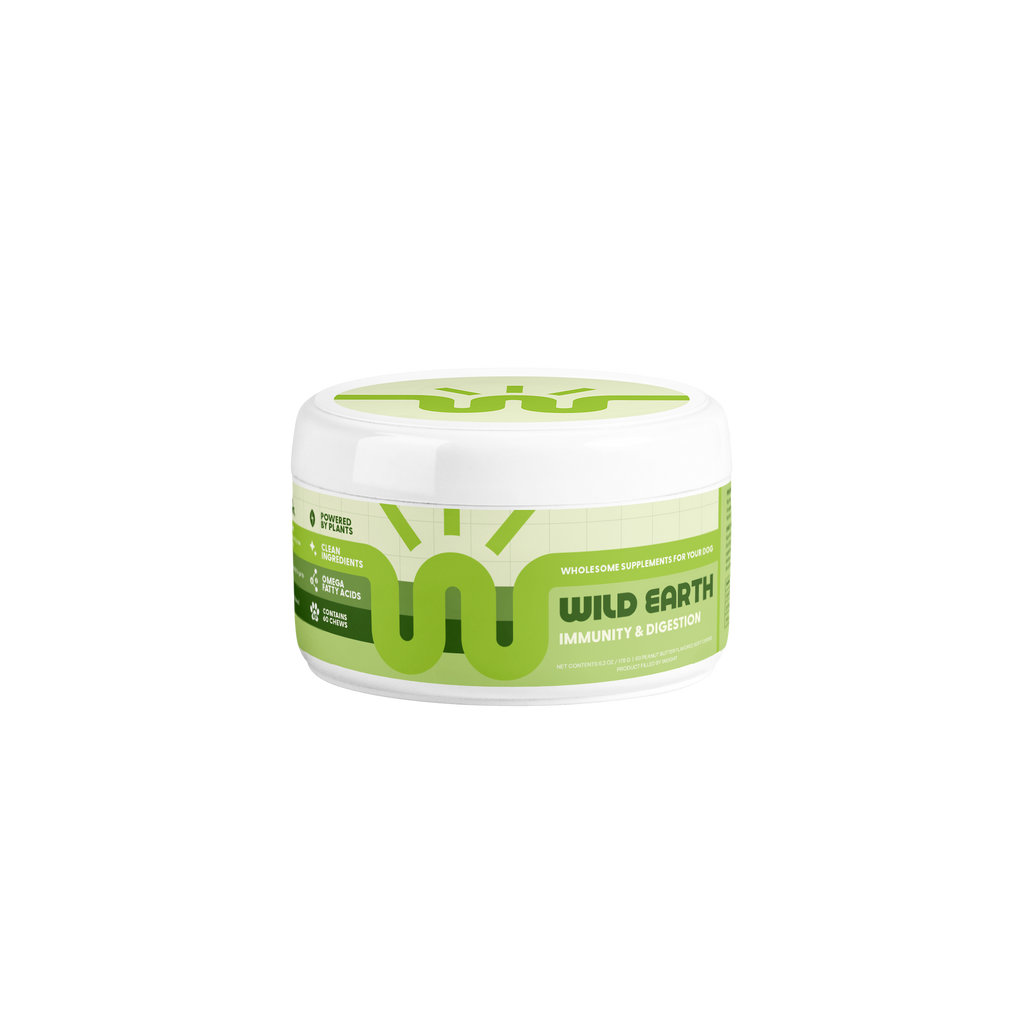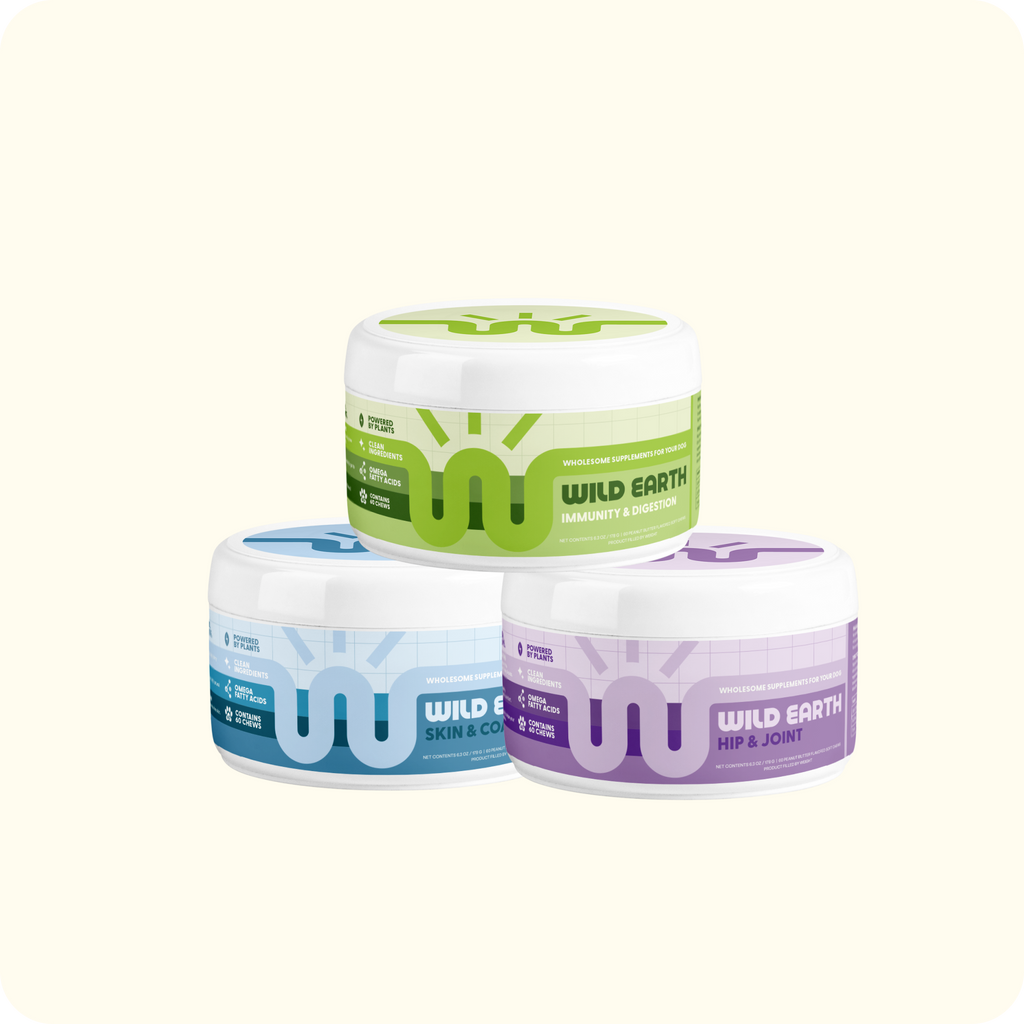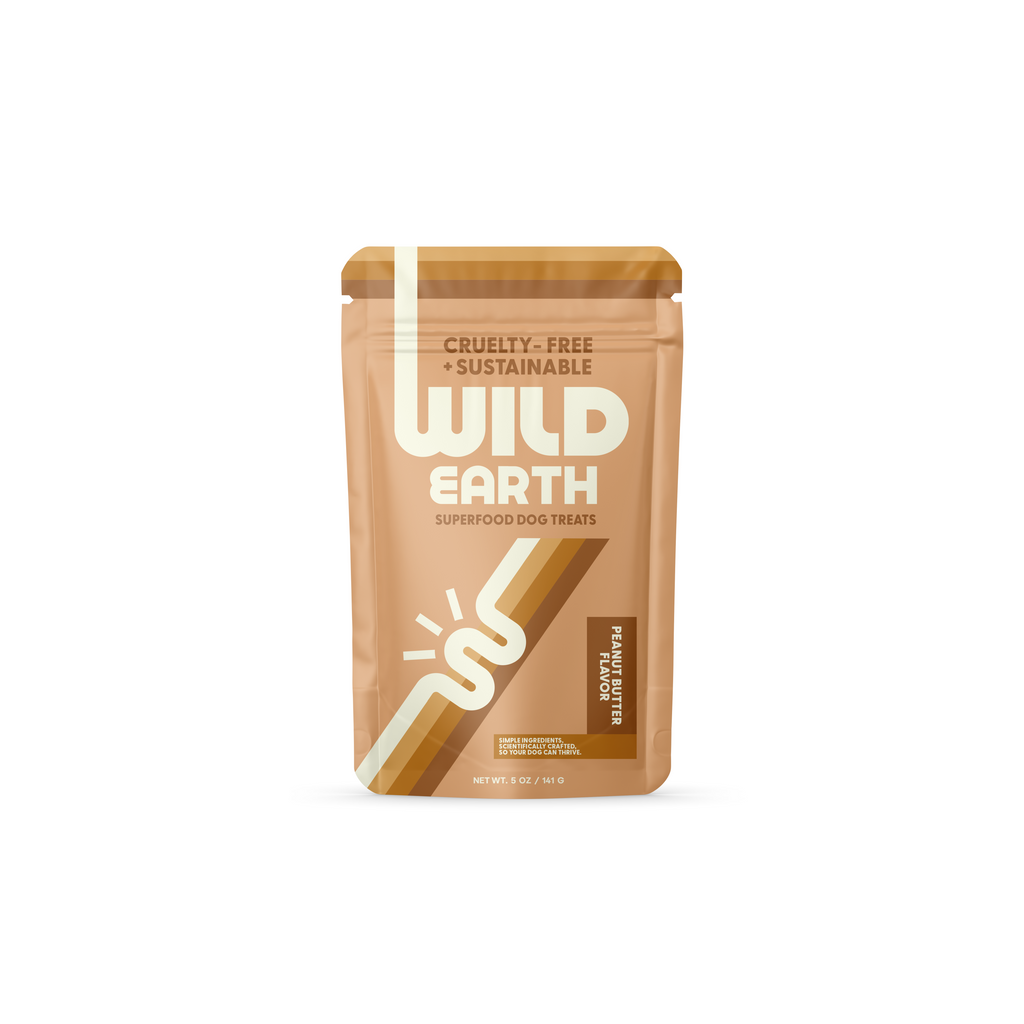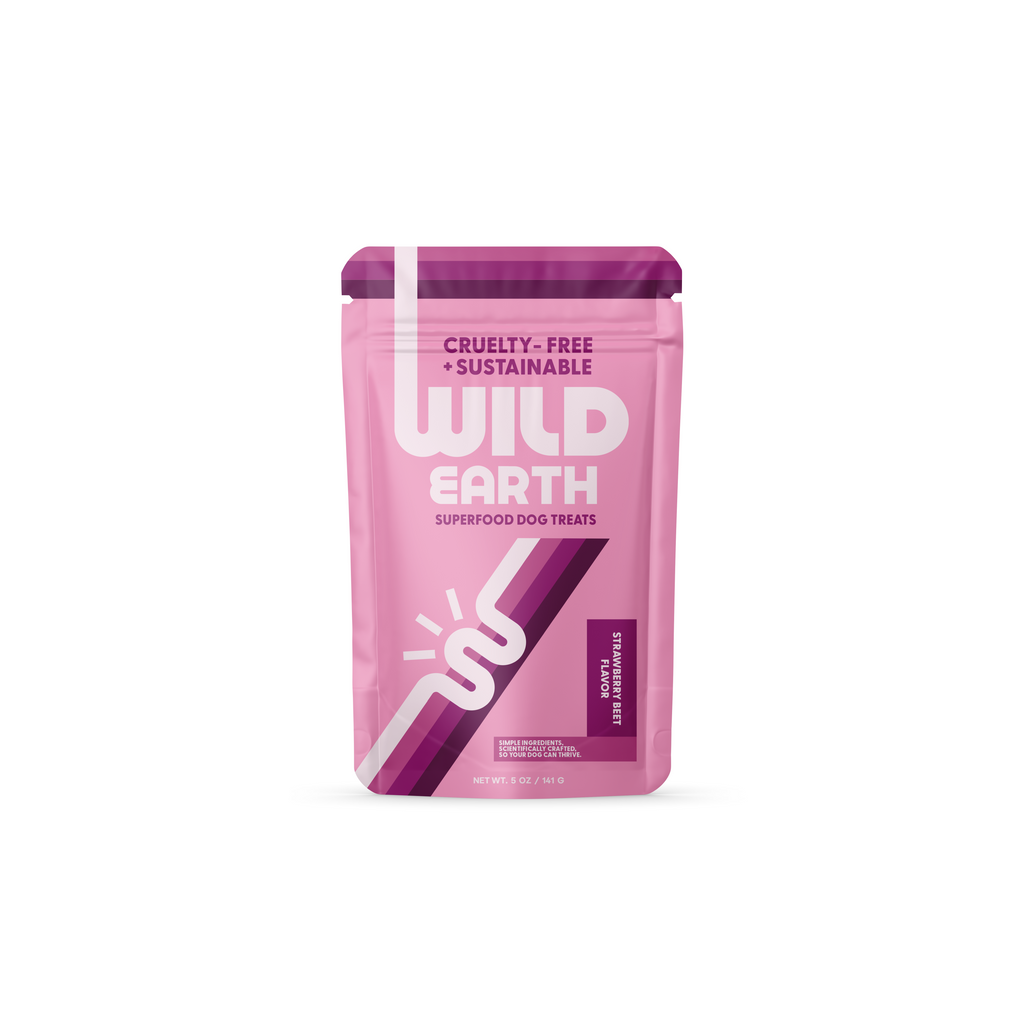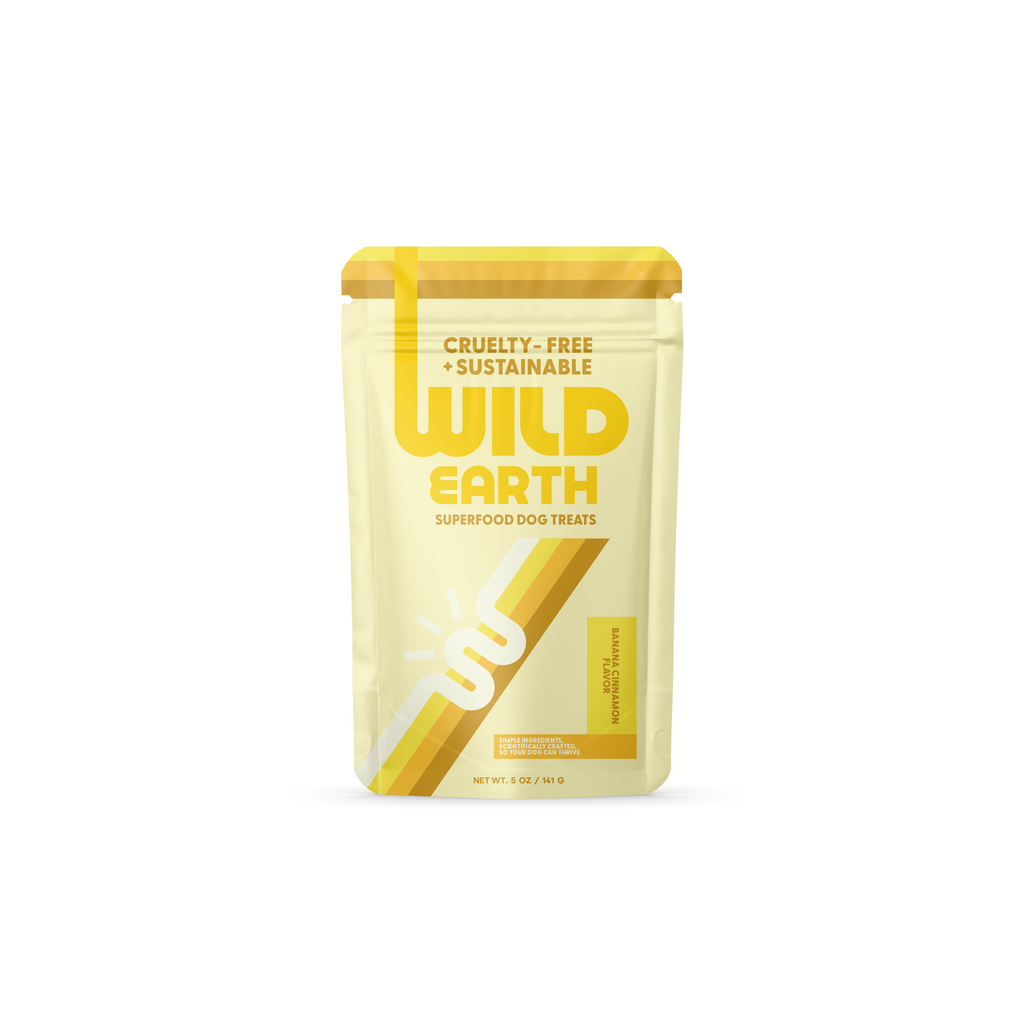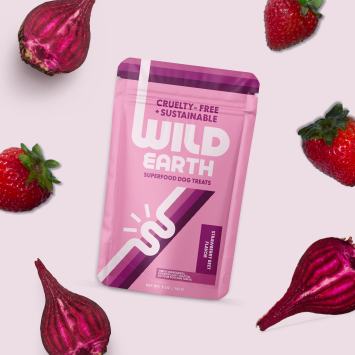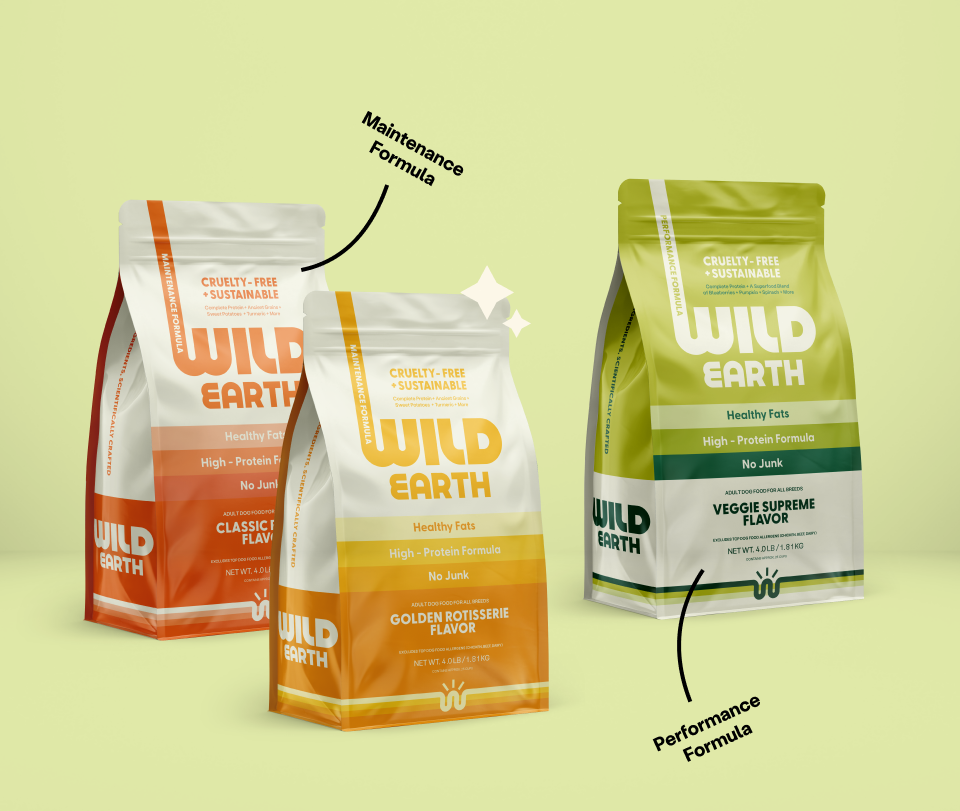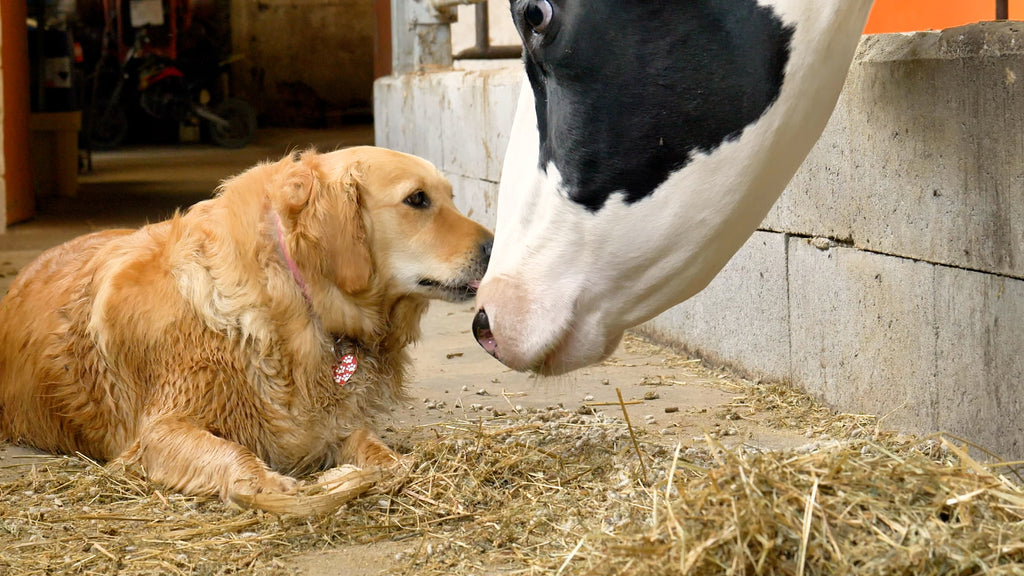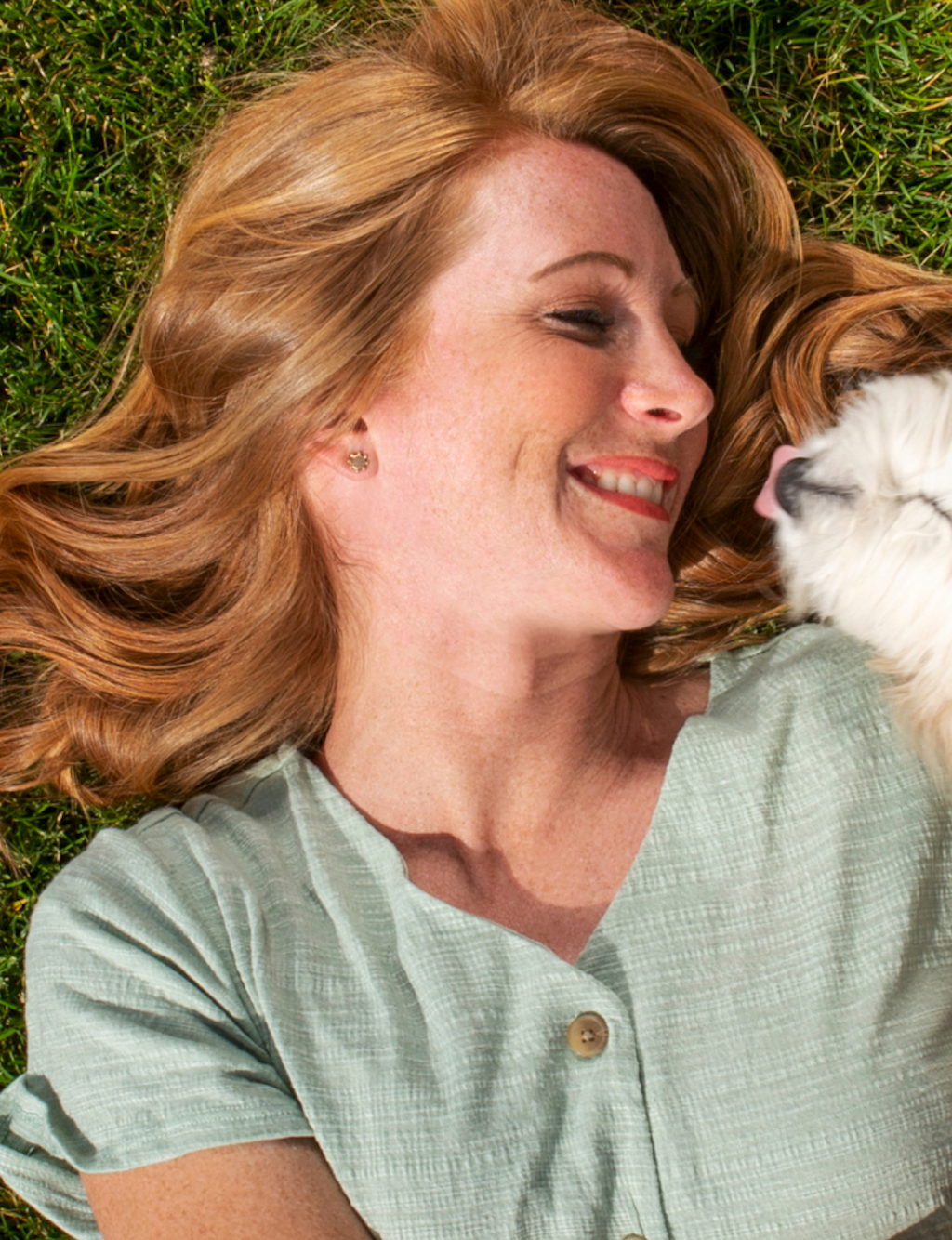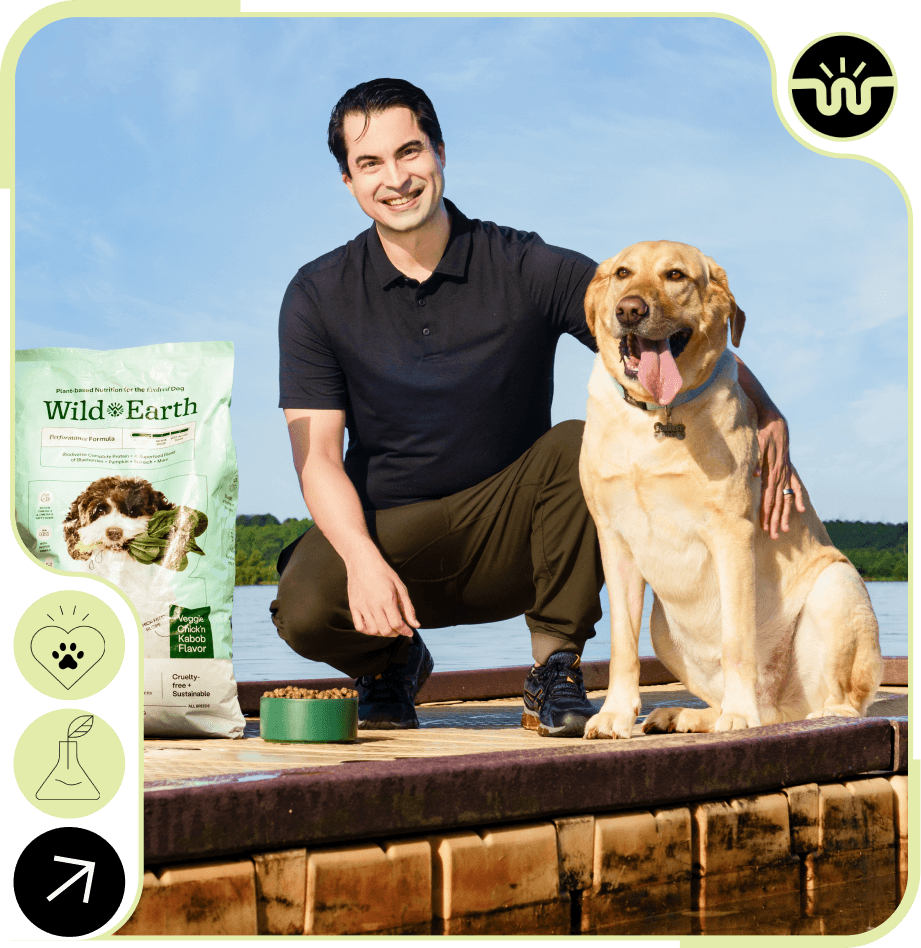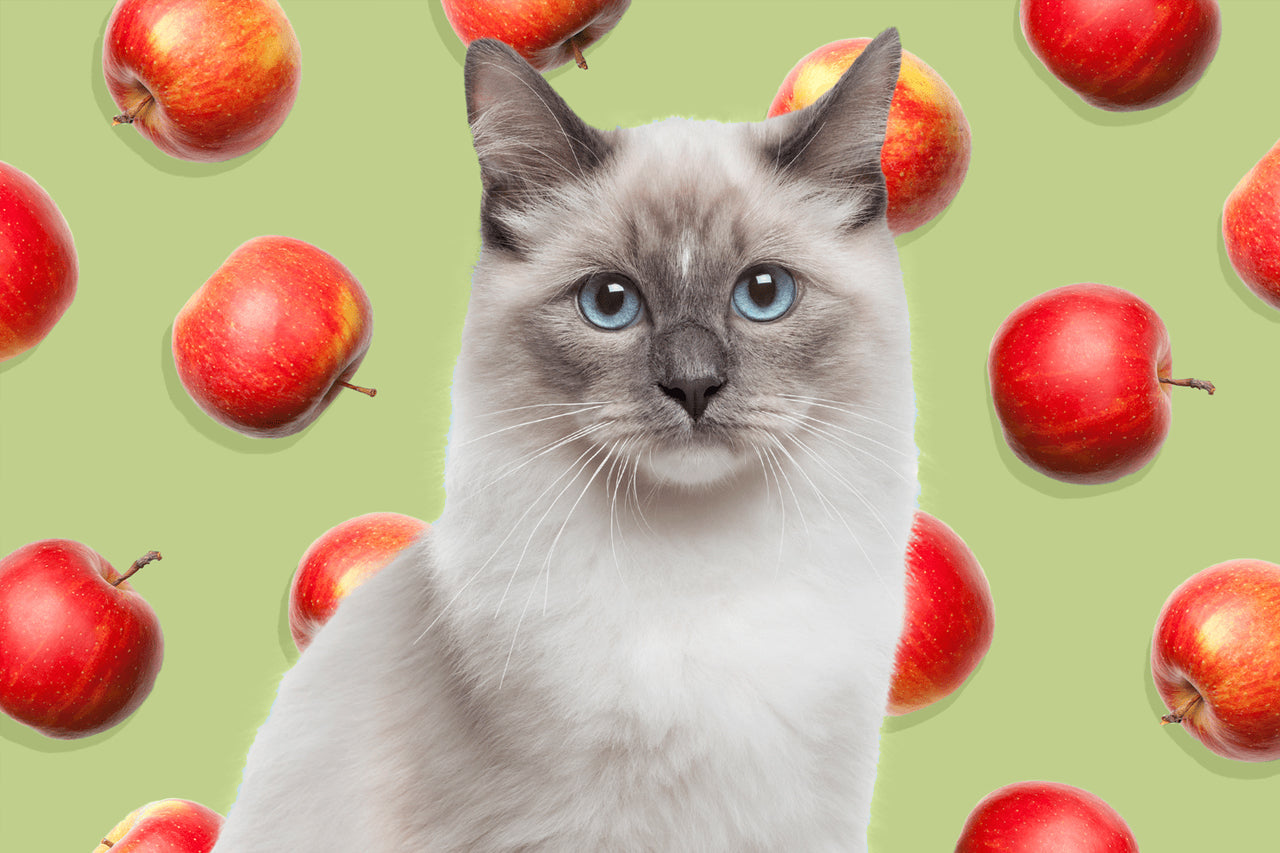
Can Cats Eat Apples? The Complete Safety Guide
Summary
- Cats can eat small amounts of peeled, seedless apple flesh.
- Seeds, stems, and leaves of apples are toxic to felines.
- High sugar and fiber in apples can lead to digestive issues.
-
Apples offer minimal health benefits to obligate carnivores.
As more pet parents explore plant-forward lifestyles, questions arise about which fruits and vegetables are safe for feline companions. Apples, widely recognized as a wholesome human snack, might seem like a natural option. But cats have unique dietary needs. This safety guide provides a complete overview of whether cats can eat apples, the potential risks involved, and the best practices for treating cats responsibly.
Yes, apples can be safe for cats when processed properly. The inner fruit (apple flesh), once peeled and cleaned, is not toxic and can be given in very small amounts. However, caution is important. Apple seeds, stems, and leaves contain compounds that can release cyanide when digested, which is dangerous for cats. Even the skin, while not poisonous, can be difficult for cats to digest and may contain pesticide residues, even after washing.
What are the Nutritional Benefits vs Risks?
Though apples do contain small amounts of fiber and trace vitamins such as A and C, these nutrients provide limited benefits to cats. Felines naturally synthesize vitamin C in their liver and gain essential nutrients from animal sources. More critically, excessive fiber from fruits like apples can irritate a cat’s digestive system, potentially causing vomiting or diarrhea. Cats with underlying conditions such as diabetes may also experience blood sugar spikes due to the fruit's natural sugar content.
Scientific evidence supports this perspective. A 2024 review titled The Role of Carbohydrates in Canine and Feline Nutrition concluded that adult cats do not have a physiological requirement for dietary carbohydrates, as these nutrients serve more of a processing function than a biological necessity.
Similarly, a 2017 peer-reviewed article, Cats and Carbohydrates: The Carnivore Fantasy?, emphasized that no minimal carbohydrate intake has ever been demonstrated as necessary for cats, reaffirming their evolutionary adaptation to a low-carb, meat-based diet.
How to Safely Feed Apples to Cats?
Introducing apples into a cat’s diet should be approached cautiously and with deliberate preparation. Although small amounts of peeled apple flesh are not toxic, incorrect handling or overfeeding can lead to health complications. To ensure safety, follow these two critical steps: proper preparation and responsible feeding.
1. Wash the Apple Thoroughly
Begin by selecting a fresh, organic apple if possible. Rinse it under running water and gently scrub the surface with a produce brush. This helps remove dirt, wax, and any pesticide residues that may remain on the skin. Even if the apple will be peeled, this step reduces contamination during cutting.
2. Peel the Apple Completely
Cats can have difficulty digesting apple skin, and it may still carry trace amounts of pesticides even after washing. Use a clean vegetable peeler to remove the skin entirely. This makes the fruit easier to digest and lowers the risk of gastrointestinal upset.
3. Remove All Seeds and Core
Apple seeds contain amygdalin, which can release cyanide when broken down in the digestive system. Even a few seeds can pose a toxic risk to small animals like cats. Carefully cut out the core and ensure that no seeds, stems, or leaf fragments remain.
4. Cut into Pea-Sized Pieces
After removing all inedible parts, dice the peeled apple flesh into very small, pea-sized chunks. These bite-sized portions reduce the risk of choking and allow for better control over how much your cat consumes. Large or irregular pieces can become lodged in the throat, especially in smaller cats or those with dental issues.
What are Some Common Mistakes to Avoid?
Feeding apples to cats without proper precautions can lead to serious consequences. One of the most dangerous is offering unpeeled apple slices or neglecting to remove the seeds and core, which can introduce toxic compounds into the cat’s system. Serving apples in large chunks also increases the risk of choking, particularly in smaller or older cats.
It is equally important to avoid processed apple products. Applesauce often contains added sugar and preservatives. Dried apples are highly concentrated in sugar, and apple juice lacks fiber while having a high glycemic impact. These products should never be included in a feline diet.
Final Verdict
While cats can eat a tiny portion of apple flesh if processed correctly, the potential benefits are outweighed by the risks. The toxic elements of apples, such as seeds and stems, alongside the risk of gastrointestinal distress and blood sugar issues, make apples an unnecessary addition to a cat’s diet.
Cats thrive on animal-based proteins and carefully balanced nutrients. Offering fruit-based treats can sometimes distract from their biological needs. For pet parents seeking healthier, innovative alternatives, Wild Earth offers plant-based meals crafted with precision to meet feline dietary standards. These vet-formulated, science-backed recipes ensure cats receive complete nutrition without the risks associated with human food.
Frequently Asked Questions
Can cats eat apple skin?
No. Apple skin can be hard for cats to digest and may retain harmful pesticide residues even after washing.
What should be done if a cat eats apple seeds?
Immediate veterinary attention is required. As few as two to three seeds can be dangerous due to the presence of cyanide compounds.
Are there better fruit alternatives for cats?
For cats, fruit offers no essential nutrition. Meat-based treats or nutritionally complete foods are always preferable to plant-based snacks.







